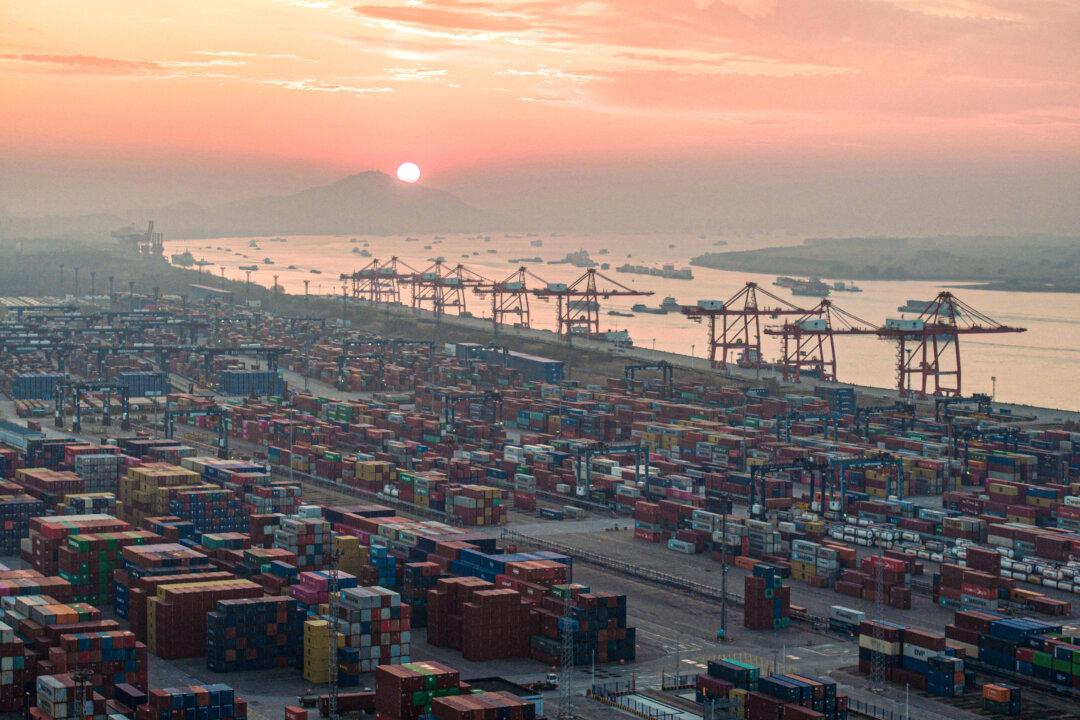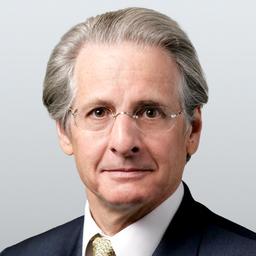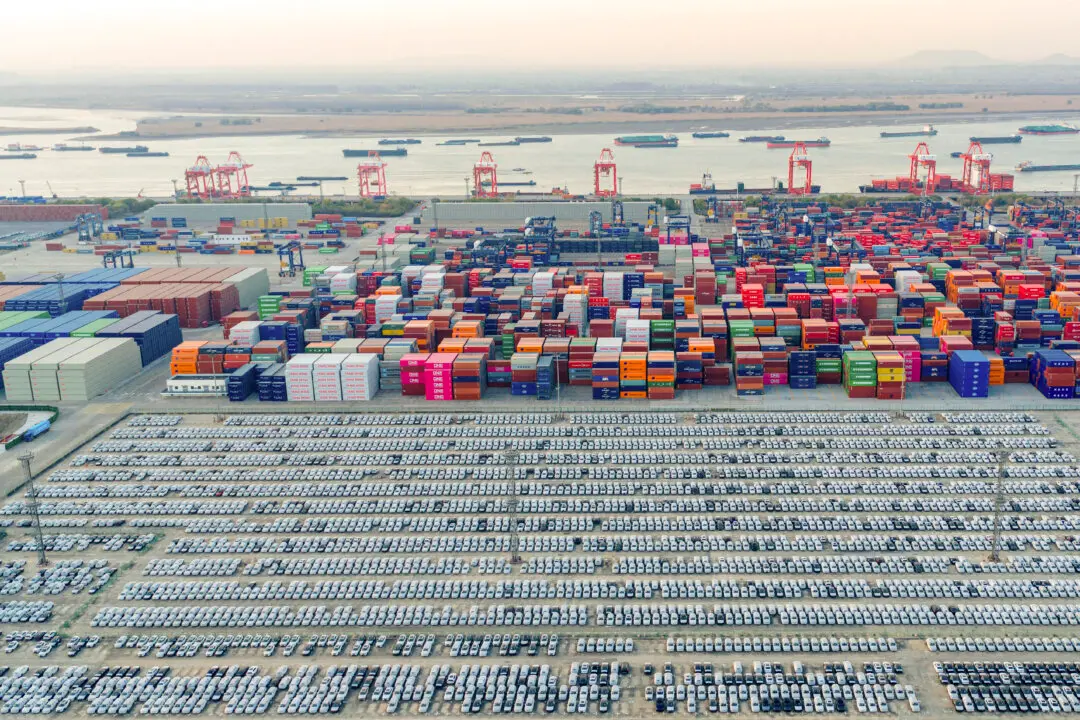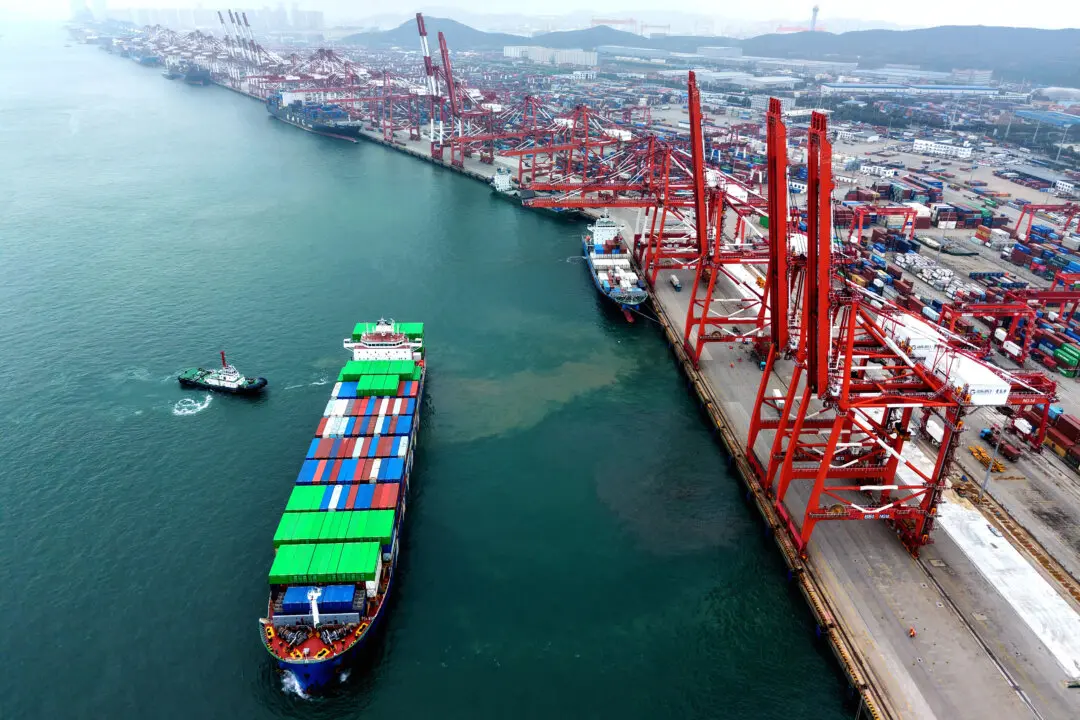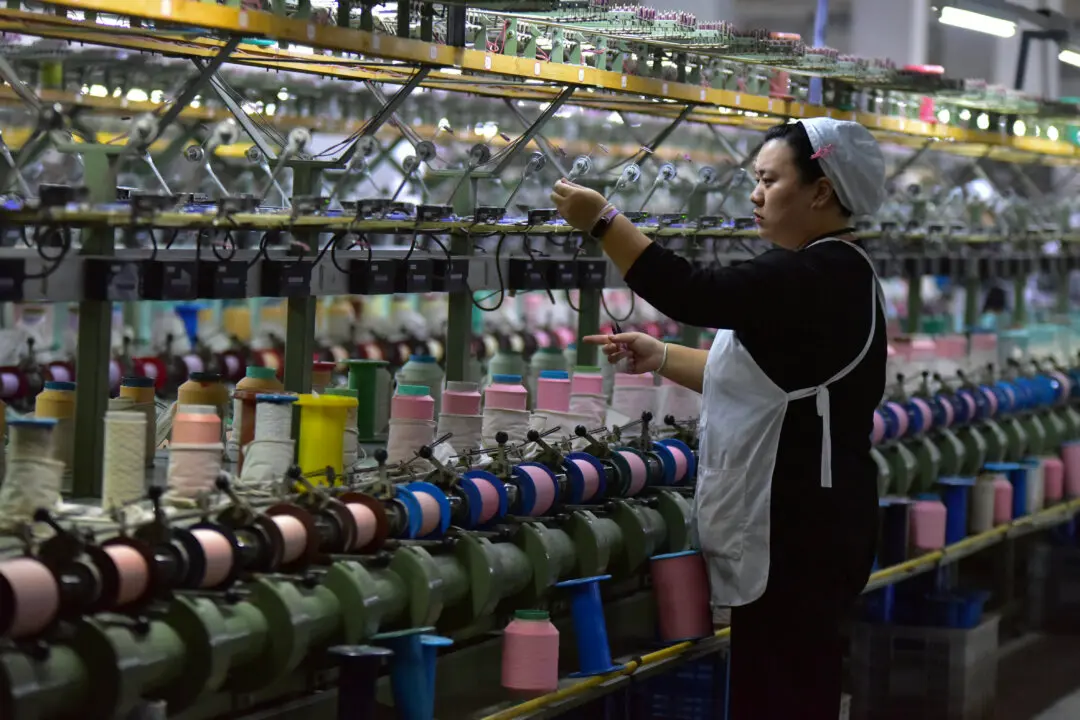Commentary
Financial markets applauded the Politburo’s recent words of commitment to China’s economic recovery. Chinese stocks rallied on the news, as did oil prices, presumably because a pickup in the pace of growth in China would increase oil demand. But all seems destined for disappointment.
